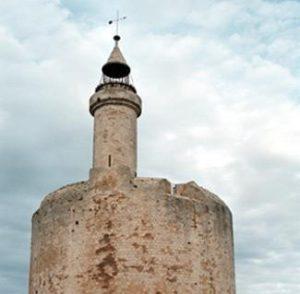Ordinances gave further defined the provisions of the Fontainebleau treaty.
An ordinance dated July, 1, 1686 sentenced to death pastors who came back to France and the faithful caught while attending an illegal meeting.
In order to curb emigration, the October 1687 ordinance extended the death penalty to smugglers who had helped the fugitives.
On March 15, 1689, the death penalty without a legal trial was ordered for all those who had been caught attending an illegal meeting and men suspected of taking part in one were sentenced to the galleys.
Executions were carried out in horrific conditions : various tortures followed by the Wheel or burning at the stake. Hanging was the « best » alternative.
In the Languedoc region, superintendent Basville often enforced this sentence.
The preachers were executed one after the other : in October 1689, after a meeting in Hospitalet (Lozère), six preachers were sentenced to death by hanging.
Pastor Bousson was sentenced to death by the Wheel in November 1698.
The leaders of the Camisards were liable for the same sentences, as a result:
- Séguier was burnt alive on August 12, 1702.
- Castant, Couderc, Boaton were executed on the Wheel in Montpellier between 1702 and 1705.
- Catinat, Ravanel were tortured to death in Nîmes on April 22, 1705.








